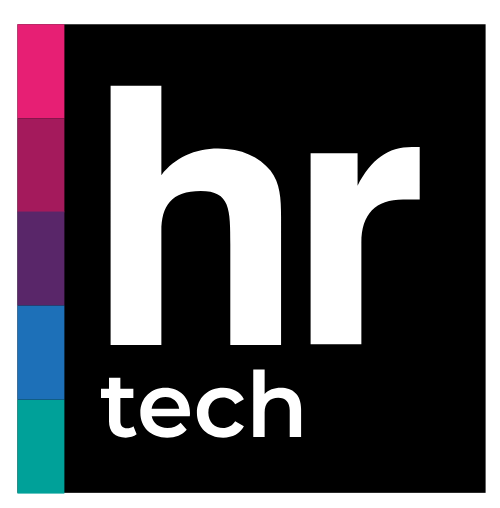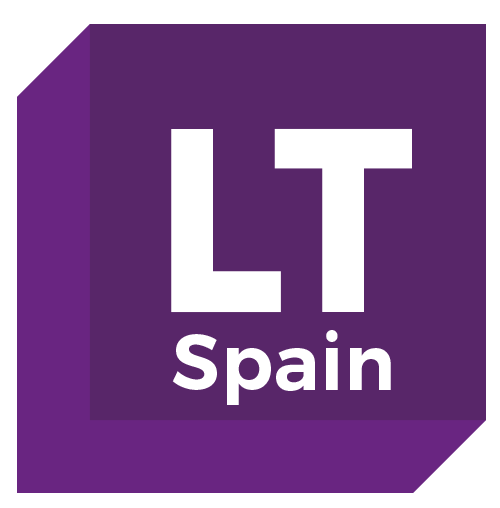News
When AI creates, who signs? The ethical challenges of artificially generated content.
)
Artificial intelligence is no longer a support tool but a creative force in its own right. With generative models capable of writing texts, designing images, composing music or generating videos in seconds, the technology has opened up a new world of possibilities. But not everything is so simple.
As companies adopt these solutions to automate processes and improve efficiency, the debate about ethics, copyright and transparency is growing . To what extent can AI-generated content be trusted? Who is the real creator? And, above all, how do we prevent these tools from being used to manipulate or misinform?
The fine line between inspiration and plagiarism
One of the biggest sticking points is intellectual property. Many of these AIs are trained on large volumes of data, including text, images and other content created by humans. The problem is that, in most cases, the original authors have not given their consent and receive no acknowledgement.
This has led to movements against the indiscriminate use of AI in content creation. Some platforms, such as Getty Images, have banned AI-generated images due to legal uncertainty. At the same time, artists and writers have pushed for lawsuits against companies that have trained models with their work without permission.
The challenge is not small. If an AI generates a design based on thousands of previous illustrations or an article with information gathered from different sources, who is the real author? Current laws are not prepared to answer this question, and companies using generative AI must be aware of the gray area in which they are moving.
Beyond the legal issue, the proliferation of AI-generated content raises another problem: trust in information. With increasingly advanced models, distinguishing between human-created and AI-generated content is becoming more and more difficult.
As a result, some companies have proposed solutions such as invisible watermarks or metadata indicating the origin of the content. Adobe, for example, has developed Content Credentials, a standard for tracking the creation history of AI-generated images. However, these initiatives are still far from becoming the norm.
Meanwhile, the lack of regulation leaves the door open to the malicious use of AI, from the generation of deepfakes to the automation of fake news. In this context, companies adopting generative AI will need to take responsibility for ensuring that its use is transparent and verifiable.
Generative AI: tool or substitute?
The potential of this technology is enormous, but there is a big difference between using AI as a complement and completely delegating content creation to it. Media companies, advertising agencies and digital platforms are already exploring this balance, betting on models in which AI accelerates processes without replacing human judgment.
The future of AI content creation will depend on finding that balance: leveraging technology without losing the essence of what makes content valuable, authentic and trustworthy.

 Cloud & AI Infrastructure
Cloud & AI Infrastructure Cyber Security World
Cyber Security World Big Data & AI World
Big Data & AI World  Data Centre World
Data Centre World  Technology for Marketing
Technology for Marketing E-Show
E-Show HR Technologies
HR Technologies Learning Technologies
Learning Technologies)
)
)
)
)
)
)
)
)
)
)
)
)
)
)
)
)
)
)
)
)
)
)
)
)
)
)
)
)
)
)
)
)
)
)
)
)
)
)
)
)
)
)
)
)
)
)
)
)
)
)
)
)
)
)
)
)
)
)
)
)
)
)
)
)
)
)
)
)
)
)
)
)
)
)
)
)
)
)
)
)
)
)
)
)
)
)
)
)
)
)
)
)
)
)
)
)
)
)
)
)
)
)
)
)
)
)
)
)
)
)
)
)
)
)
)
)
)
)
)
)
)
)
)
)
)
)
)
)
)
)
)
)
)
)
)
)
)
)
)
)
)
)
)
)
)
)